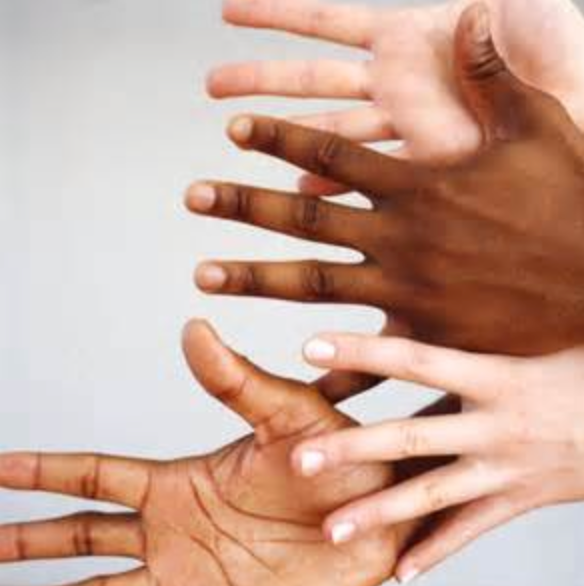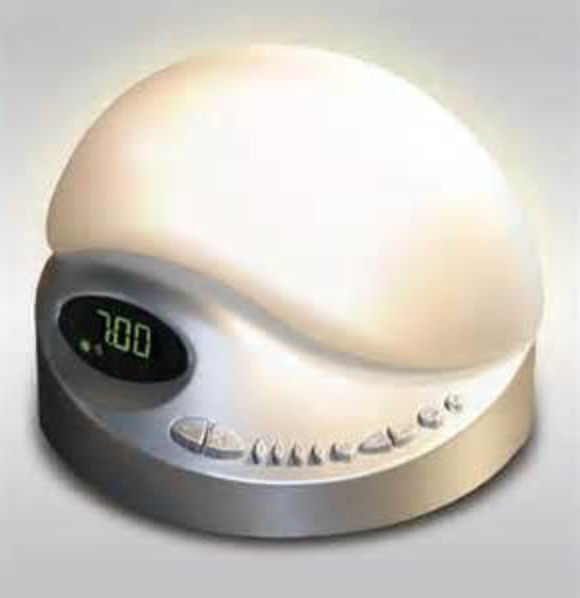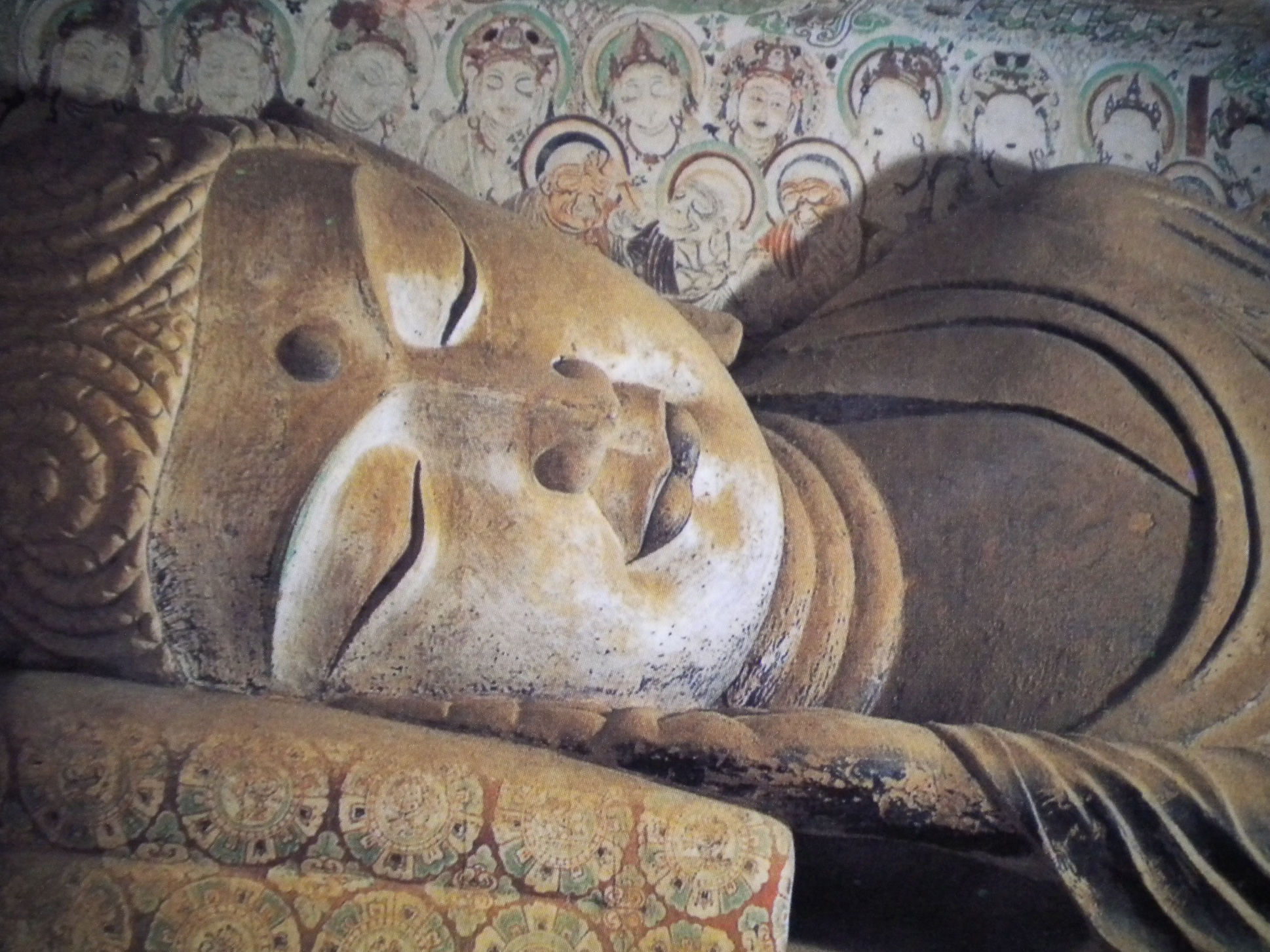Lucid Dreaming: Come Fly With Me
What is a lucid dream?
A lucid dream is a dream in which you realize you are dreaming. Despite the fact that you are asleep during a lucid dream you experience an element of wakefulness. So you are aware you are dreaming. Essentially you’re bringing the self-awareness you experience in the waking world into the dream world, a world without limits.
Typically when dreaming we’re so focused on being the actor we don’t realize we’re also the author of the dream. But when lucid you’re empowered with the awareness of being both an actor and the author of this world without limits – the dream world.
Sounds good, doesn’t it? When you bring self-awareness into this world without limits you are free to experience things you could never do in waking life. Want to fly? No passport needed! Confront scary entities? Why not – it’s a dream, after all. Party with some hot celebrity? The man/woman of your dreams can be yours at last. As Forge says in the film “Inception,” which features lucid dreaming, “Don’t be afraid to dream a little bigger!”
Beyond such adventures, lucid dreaming offers the opportunity to experiment with the frontiers of human consciousness. Very interesting indeed. The hyperspace of the dreamscape invites us to step outside the box of our everyday thinking and question the nature of reality and the potential of consciousness.
“Our brain is a three pound universe.”
Stephen LaBerge
Lucid dreaming is a unique state of consciousness that is not like waking life and yet not like the typical dream state. The lucid state is characterized by self-awareness and also images that seem to be out of this world. In the lucid state we also experience an intensity of feelings, sensations and vivid colors.
Lucidity can occur spontaneously or it can be intentionally cultivated. Generally it takes mental preparation and patience but more and more people are learning how to do it. "Inception” actor Joseph Gordon-Levitt became so inspired with lucid dreaming he produced the video, “Dreams: Cinema of the Subconscious” (video clip below). Be sure to also check out the Dream Discovery tips for Lucid Dreaming.
Dream Discovery Lucid Dreaming Tips
Keep a Dream Journal
The first step to developing lucidity is to improve dream recall by tending to the dreams you’re already being offered. There is a direct relationship between recall and lucidity and valuing your dreams by paying attention long enough to write them down. So make sure you keep a dream journal and have it handy by your bed.
Reading and reflecting upon past dreams can kick-start dream recall because you’re welcoming deeper realms of the psyche to engage with your conscious mind which is exactly what supports lucid dreaming. For more dream recall tips from The Dream Blog: "Dream Recall and Incubation" Check out the "Dream Discovery Course and the Workbook" to explore the wisdom of the dreams you keep in your journal.
Incubate Lucidity
Intention is everything. If we go to sleep with the expectation that we’re checking out from life we won’t remember our dream life. But if we go to sleep with the expectation that we have special opportunities before us in the dream world we’ll remember more dreams and are likely to become lucid at some point in our dream explorations.
When you practice dream incubation you’re nourishing the best conditions for the development of dream recall and lucidity. If you need support for remembering dreams, check out "How to Remember Dreams" and practice using the power of suggestion to program your mind to support dream recall. To use the power of suggestion for recall, just as you’re drifting off to sleep mentally focus and repeat a number of times to yourself…
”I will remember my dreams tonight.”
After you’ve improved recall, you can substitute this intention with another to incubate lucid dreaming. At that point, repeat to yourself…
“I will know when I am dreaming tonight.”
At some point you may want to practice dream incubation to use lucid dreaming for specific goals. In the book "Exploring The World of Lucid Dreaming, " surgeon Howard Reingold explains how he uses dream incubation before going to sleep at night to review his surgical cases with the intention of practicing them while lucid dreaming.
Being a virtual reality simulation, the lucid dream world is an ideal place to practice life skills to enhance success.
Practice Reality Checks During Waking Life
In the 1950s pioneering European psychologist Paul Tholey said this about lucid dreaming: “If one develops a critical frame of mind towards the state of consciousness during the waking state – by asking oneself whether one is dreaming or awake – this attitude will be transferred to the dreaming state. It is then possible through the occurrence of unusual experiences to recognize that one is dreaming.”
Lucidity requires a high level of self-awareness in the dream state. To encourage this level of self-awareness while dreaming practice reality checks during waking life. During the course of your day repeatedly ask yourself “am I dreaming?” You can choose to follow that up with asking “how do I know?”
Asking yourself “am I dreaming?” a number of times a day primes your mind to perform that same reality check while dreaming. Once you’re self-aware, you are lucid.
Another common reality check to practice during waking life is to look at the palms of your hands and study the details for a couple minutes — do this a number of times a day. Again, using this habit as a reality check can prompt the mind to do this while dreaming which creates that important bridge between the self-aware waking mind and the dreaming one. And, while dreaming, chances are your hands will do something weird like turn into gorilla hands or bird wings. Then you know you are dreaming so you’re definitely lucid.


Practice Reality Checks During Dreams Too
The first moment of success is when you recognize that you’re dreaming – Aha! But to be truly lucid you must hold the intention to extend that moment of consciousness long enough to stabilize the lucid state.
Once you have stabilized yourself within your first lucid dream, it’s pretty exciting. But it’s important to stay calm and simply explore your environment or your excitement may destabilize the lucid state and you wake up.
Here are several ways to stabilize the lucid state while dreaming. Choose your favorite to practice:
Say out loud “I’m dreaming!”
Look at the palms of your hands – study the details
Rub your hands together and feel the friction
Go online and purchase an alarm that is light-based versus sound-based. Set your new alarm for 4.5, 6, or 7 hours after you fall asleep. During REM sleep sound, touch, or other stimuli can make a dreamer aware of the fact they are dreaming but one study shows that light cues are most effective for lucidity.
If Awakened, Stay Awake
If you awaken in the night one study shows that staying awake for somewhere between 30-60 minutes gives the highest chance of a lucid dream. Contemplate a dream, meditate, do a few stretches – the aim is to get your conscious mind active and alert, while your body is still full of sleep hormones. When you return to slumber, you will have created a bridge between the waking mind and the dreaming mind and primed yourself for lucid dreaming.
Perspectives on Lucid Dreaming
“I’d really rather be lucid!” Salvador Dali
These tips are a good start for lucidity but there’s a lot to learn to become a true devotee of lucid dreaming. Lucid dreaming has gained in popularity and some people begin a practice of lucid dreaming without having committed themselves to exploring their dreams without lucidity. We recommend that you start with at least some foundation in dream exploration before devoting yourself to lucid dreaming. One of the best ways to explore the world of dreams is with the "Dream Discovery Workbook" available here on this website.
Many seasoned lucid dreamers and teachers have shared stories of their misuse of the lucid state before they integrated some principles of dream work into their dream explorations. Charlie Morley, a lucid dreaming teacher, tells a story of using lucidity to try to banish all nightmarish aspects from his dreams, even while teaching the method, because he believed he should have full control over dreams. Just one catch — his nightmares actually got worse.
Charlie took this dilemma to his Buddhist teacher who surprised him by advising him to do just the opposite. The spiritual teacher explained to Charlie that what he was attempting to banish from his dreams were actually disavowed aspects of himself that appeared nightly because he needed to understand them. Charlie’s spiritual teacher suggested that, if he dedicated himself to consciously integrating these aspects, a wellspring of creative potential would open up for him. Charlie took his advice and found it to definitely be true.
Lucid dream researcher Stephen LaBerge admits that when he first practiced lucid dreaming he used lucidity to fight off or flee from threats in his dreams. But why would you need to fight a dream demon — it is a dream, after all! The demon is a product of your imagination so why not find out what it’s doing in your dream?
“Lucid dreaming provides a model for awakening. What is it like to awaken to a broader, deeper, fuller sense of reality?” Stephen LaBerge
The experiences of Stephen and Charlie reflect the Dream Discovery view that learning the principles and practice of dream exploration cultivates extraordinary depth of self-awareness and wisdom. That investment is a solid foundation for lucid dreaming exploration.
After starring in the film “Inception,” actor Joseph Gordon-Levitt became so inspired with lucid dreaming he produced this video, “Dreams: Cinema of the Subconscious.” In the video clip below Joseph visits with pioneering dream researcher Stephen LaBerge who describes the usefulness of lucidity and offers some tips about how to begin experimenting with lucid dreaming. LaBerge also describes how his dream experiments at Stanford University proved the possibility of lucid dreaming in 1980.
Discover PSI Dreaming
It's common to refer to the dream state as a “special” state of consciousness but how many people can say they’ve experienced the very special state of telepathic or precognitive dreaming?
Researcher Patrick McNamara of the Boston University School of Medicine says that some surveys have indicated that upwards 50% of the general population has experienced at least one recent instance of precognitive dreaming — time traveling forward in the dream state. Whether or not you “believe” that precognitive dreaming is possible, researcher Matthew Wilson of the neurobiology department at MIT says:
“In REM (associated with dreaming) we’re actually trying to experience the future, to move into the future.”
Although precognitive dreaming has not been empirically researched, Daryl Bem’s extensive research into precognition created quite a controversy in 2011. Daryl Bem is the Professor Emeritus at Cornell University that conducted nine experiments offering statistical evidence for precognition. You can read about Bem’s precognition studies in Feeling the Future: Experimental Evidence for Anomalous Retroactive Influences on Cognition and Affect.
Another psi phenomena, dream telepathy, is the ability to communicate with another person while dreaming. The concept of telepathy rests on two ideas. One is that a connection between minds can exist without material means of any kind, The second is that minds that are in close sympathy with each other are particularly responsive to each others’ thoughts during sleep. Examples of this would be in the case of couples or parent and child.
If dream telepathy is possible, what could account for this? Is the dreaming mental state more sensitive at detecting mentally transmitted signals than our daytime state of mind? Is there evidence for this?
Cognitive scientist Carlyle Smith has noted that correlated brain signals between two isolated individuals have been documented using functional magnetic imaging. This finding is promising for continued research into dream telepathy.
Long ago Sigmund Freud claimed he actually experienced precognitive dreaming. He was also the first person to document telepathic dreaming in 1921. It is reported Freud dreamed of the deaths of a son and of a sister-in-law, two occurrences he cautiously labeled “purely subjective anticipations.” You can read Freud’s perspective in “Dreams and Telepathy” which is included in the book Psychoanalysis and the Occult (1953).
Freud doubted that telepathic dreaming could be scientifically validated. However he expressed faith in the possibility of dream telepathy due to “…the incontestable fact that sleep creates favorable conditions for telepathy.”
Art by SAROLTA BAN, Budapest
In the 1940s, Austrian psychologist Wilfred Daim conducted a series of experiments on dream telepathy. In these experiments, Dr. Daim placed into sealed envelopes various colorful images of geometric shapes. One envelope would be randomly chosen. A subject would then concentrate on mentally sending the image to a sleeping recipient who was located miles away. When the sleeping subject awoke they would record the time and any images from their dreams. Target dream correspondences were reported in 75% of thirty trials. Daim’s results were published in 1949 in the Parapsychological Bulletin of Duke University.
During the 1970s and 80s, over forty studies on telepathic dreaming were conducted by pioneering humanistic psychologist and parapsychologist Stanley Krippner and his co-researcher Montague Ullman while Krippner was director of the Maimonides Medical Center Dream Research Laboratory in New York. For decades, Krippner has written extensively on altered states of consciousness, dream telepathy, hypnosis, shamanism, dissociation and parapsychological subjects.
In the Maimonides dream telepathy experiments, the “telepathic receiver” attempted to dream about an image that was being mentally focused on by a “telepathic sender” at a distant location. The experimenter awakened the subject near the end of each REM period and requested a report about any dreams. Krippner and Ullman have reported that over the years their multiple studies yielded statistically significant results.
Subsequent dream telepathy experiments did not replicate the findings at Maimonides. That is until a 2013 study published by cognitive scientist Carlyle Smith. Smith is a Lifetime Professor Emeritus in the Department of Psychology of Trent University in Ontario, Canada. Smith’s findings are that it is possible for people to intentionally dream details about the “personal problems” of an unknown person simply by examining a picture of that person and then “incubating” or intending to dream about the individual’s problems.
In both of Smith’s experiments, researchers followed the typical protocol for dream telepathy studies of having sender and receiver roles. The identity of the senders was unknown even to the experimenters themselves. In Smith’s studies, subjects were exposed to a photo of an individual they did not know and asked to try to dream about the problems of that person. These problems could be health-related, emotional, financial or about any other area of concern. In both studies, Smith found statistically significant levels of dream content that correlated to the real problems of the individual in question.
Carlye Smith says this about his findings: “The data from these experiments suggests that normal undergraduates were able to have dreams with content that reflected the real-life problems and concerns of an unknown target individual. The content reported by each experimental individual varied somewhat and the focus varied from dreamer to dreamer, but overall, the scores on specified categories were quite significantly different for the target in the second experiment. Equally important was the lack of change in content for the controls where the target was fictitious.” In Smith’s second experiment, he used a computer generated image of a fictitious person rather than a photo of an actual person. You can read details about Smith’s studies on dreams and telepathy in the publication Explore: The Journal of Science and Healing.
Curious minds who want research into dream telepathy and precognition to continue are encouraged by Carlyle Smith’s research findings. Perhaps soon we will have scientific evidence to support Freud’s claim that sleep creates favorable conditions for telepathy and precognition too.
To find out about a fun, informal telepathy experiment check out: Dreams, Micky Hart and the Grateful Dead.
The International Association for the Study of Dreams sponsors an online Psi Dreaming Conference which features a dream telepathy and precognitive dreaming contest. To get involved check out the IASD online conference:
Dream Discovery™ All Rights Reserved









